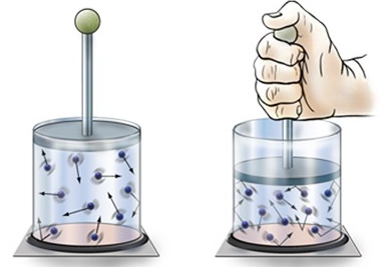What is a monoculture, and what are the advantages and disadvantages of monoculture agriculture?
In our agricultural systems, the trend in recent decades has been to use biotechnology to develop genetically modified high-yield varieties of grains and to plant them as vast monocultures (single-crop plantings). This trend, which is the cornerstone of the so-called Green Revolution, is controversial. On the one hand, it puts more food on the global table. But on the other, it may render agriculture more vulnerable to pests and diseases and thus pose long-term risks of famine. In evolutionary terms, the Green Revolution has reduced the natural diversity of crop varieties that allows nature and farmer to turn to alternatives when adversity strikes. At the same time, while we remove tropical rain forests and other natural ecosystems to provide ourselves with timber, agriculture, and living space, we may be eliminating the foods, medicines, and raw materials of tomorrow even before we have collected them and assigned them scientific names. "We are causing the death of birth," lamented biologist Norman Myers.
You might also like to view...
When calculating the rate of natural increase, one does NOT include
A) birth rates. B) death rates. C) migration. D) both death rates and migration rates. E) both death rates and birth rates.
Pushing down on the sealed glass container causes

A) increased volume and pressure increases.
B) decreased volume and pressure increases.
C) decreased volume and pressure decreases.
D) increased volume and pressure decreases.
Air pollution events are usually associated with low pressure systems
Indicate whether the statement is true or false
The height of a tsunami grows as it approaches a coastline primarily because
A) of the Coriolis force. B) its wavelength shortens. C) the height of the surf is added to the height of the tsunami. D) its energy level increases. E) the coastline is typically lower than sea level.